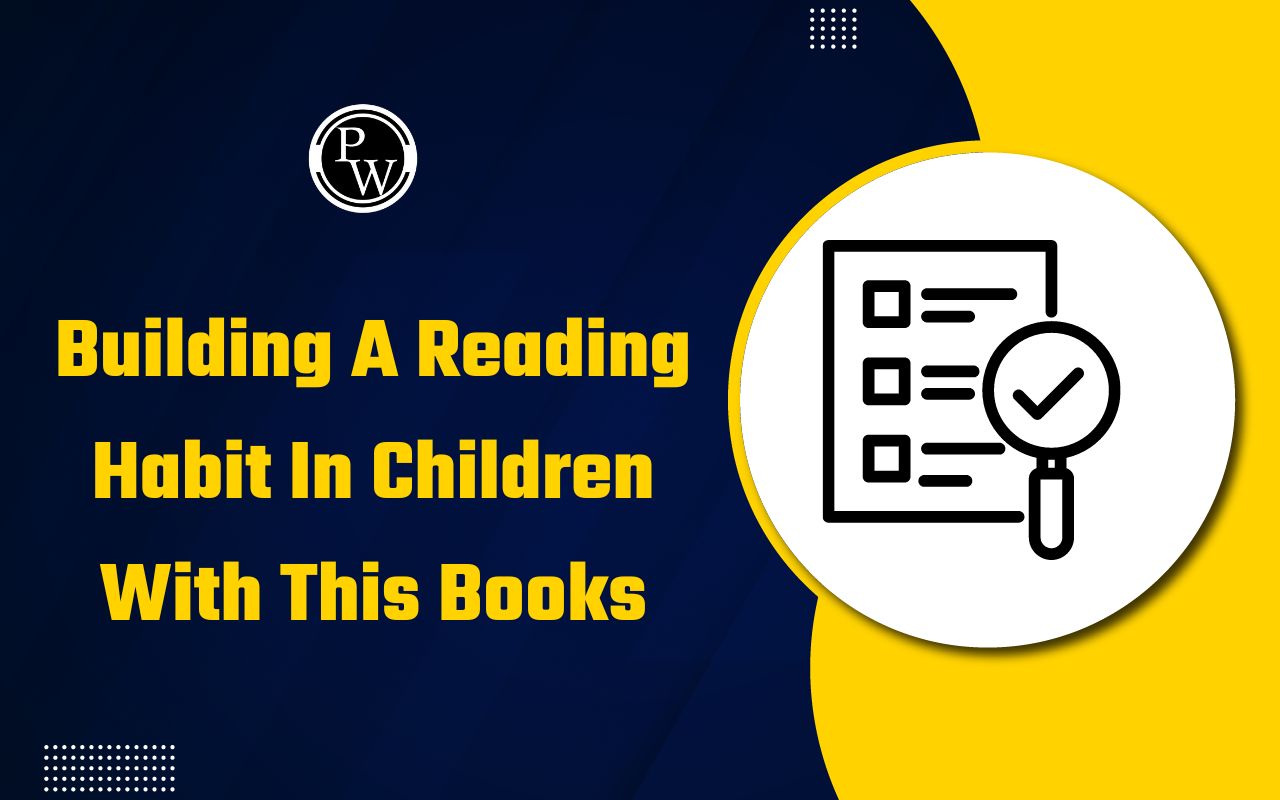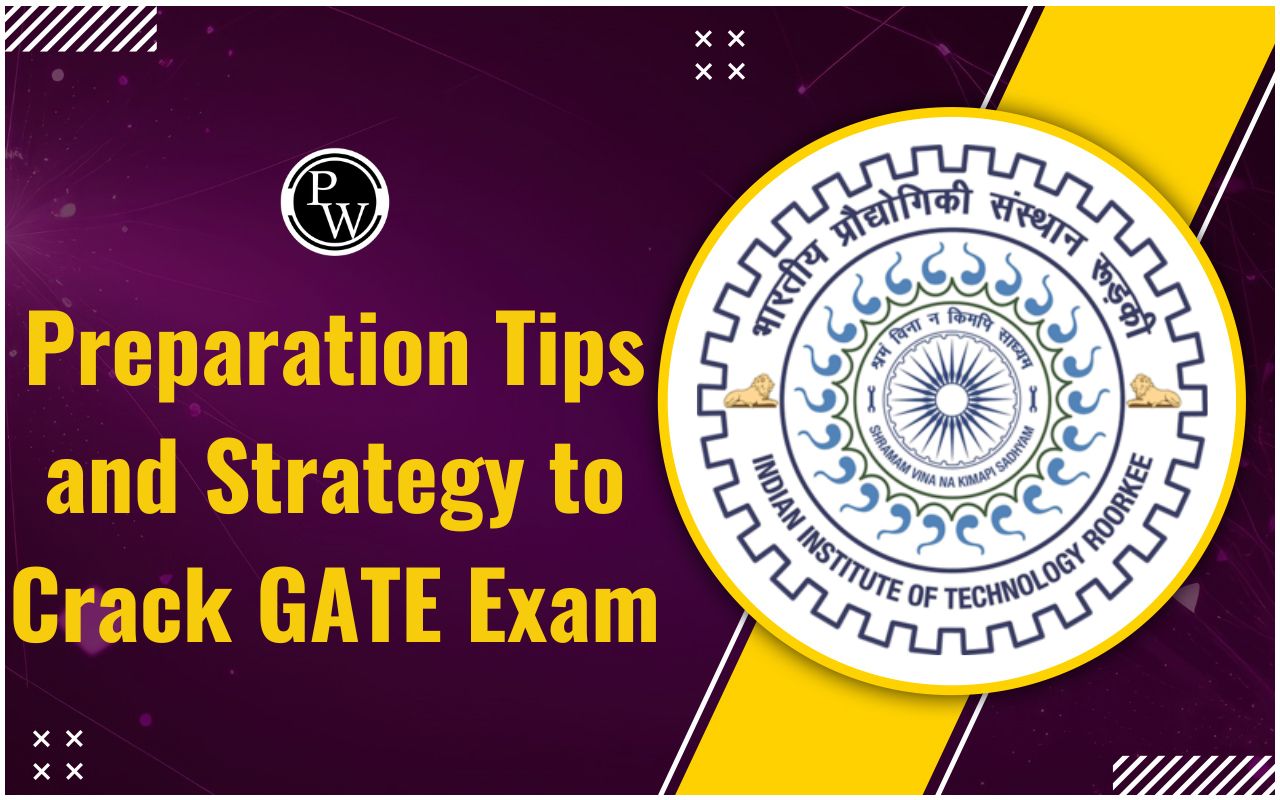25+ Simple Science Projects for Kids to Explore

Simple Science Project:- Looking for a fun and educational way to keep kids entertained? Imagine blowing giant bubbles, launching rockets across the room, or even making things change colours with everyday items you have at home. These simple but exciting science experiments are perfect for sparking curiosity and exploring topics like chemistry, physics, and more. Perfect for rainy days or when you need a boredom buster, these activities will turn your home into a mini science lab!
Check out: PW Experiment Kits
25+ Simple Science Projects for Kids
-
Floating Fish
Question: What happens when dry erase ink floats in water?
Steps:
-
Draw a fish outline on a glass plate using a dry-erase marker. Ensure the lines are connected and let it dry.
-
Slowly pour water into the dish without splashing on the drawing.
-
Observe the ink floating and jot down your observations.
-
Tilt the dish and see how the fish moves, noting the behavior.
-
Brush, Brush!
Question: How does toothpaste protect teeth from staining and decay?
Steps:
-
Label sticky notes and glasses with Soda 1, Soda 2, Juice 1, Juice 2.
-
Fill two glasses with brown soda and two with lemon juice.
-
Cover two eggs in toothpaste and submerge them in Soda 1 and Juice 1. Place uncovered eggs in Soda 2 and Juice 2.
-
After 12 hours, observe and feel the eggs to compare the effects.
Also, check out the interesting 150 science experiments kit
-
Milk Bottle Xylophone
Question: How do water levels affect the pitch of sound?
Steps:
-
Arrange six glass jars in a row and predict their sound when tapped.
-
Fill each jar with different water levels, adding food coloring if desired.
-
Tap each jar and record the changes in pitch and observations.
-
Elephant Toothpaste
Question: What happens during an exothermic reaction between hydrogen peroxide and yeast?
Steps:
-
Mix hydrogen peroxide, yeast, dish soap, and other ingredients.
-
Observe the foam overflowing from the bottle, learning about exothermic reactions.
-
DIY Compass
Question: How can you create a compass using magnetism?
Steps:
-
Magnetize a needle and float it on water using a piece of foam or cork.
-
Spin the compass and observe how it always points north, noting the effect of magnetism.Check out:
Check out: Science Experiment Kit For Class 6th
-
Craft Stick Chain Reaction
Question: How does potential energy transform into kinetic energy?
Steps:
-
Set up craft sticks in a chain.
-
Release the tension and watch the energy transfer as the sticks fly, demonstrating potential and kinetic energy.
-
Color-Changing Invisible Ink
Question: How can acids and bases reveal invisible ink?
Steps:
-
Write a message using different invisible inks.
-
Apply heat or an acid-base combination to reveal the hidden writing, testing which method works best.
-
Paper Bridge
Question: How can paper be manipulated to hold more weight?
Steps:
-
Create a paper bridge between two cups.
-
Add pennies to test the strength.
-
Experiment with folding or shaping the paper to make it sturdier.
-
Sticky Ice
Question: Can you lift an ice cube using only string?
Steps:
-
Lay a piece of string on an ice cube.
-
Sprinkle salt and wait for the ice to refreeze around the string.
-
Gently lift the ice cube with the string and observe the effect.
Check out: Science Experiment Kit For Class 7th
Read More: Science Projects for Class 7th
-
Marshmallow Catapult
Question: How does changing variables affect a catapult's range?
Steps:
-
Build a marshmallow catapult using sticks and a spoon.
-
Adjust the design and observe how the changes affect the distance the marshmallow travels.
-
Leaf Breathing
Question: How can we visualize plants breathing?
Steps:
-
Submerge a leaf in water and place it in sunlight.
-
Watch for bubbles as oxygen is released during photosynthesis.
-
Hoop-and-Straw Airplane
Question: How do different hoop sizes affect an airplane’s flight?
Steps:
-
Create a hoop-and-straw airplane.
-
Change the size of the hoops or the straw’s length, then test how these changes influence flight.
-
Film Canister Rocket
Question: How do chemical reactions create thrust?
Steps:
-
Combine Alka-Seltzer tablets with water in a film canister.
-
Close the lid quickly and observe the rocket launch from the gas pressure.
-
Coin Inertia
Question: How does inertia affect stacked coins?
Steps:
-
Stack coins on a cardboard piece over a glass of water.
-
Flick the cardboard and observe how the coins drop into the water due to inertia.
Check out: Science Experiment Kit For Class 8th
Read More: Class 8 Science Project Ideas
-
Apple Oxidation
Question: What prevents an apple from turning brown?
Steps:
-
Soak apple slices in different liquids and observe the browning process over time.
-
Compare which liquids prevent browning best.
-
Coffee Ground Fossils
Question: How do fossils form?
Steps:
-
Mix coffee grounds with salt dough and press objects into it.
-
Let it dry and observe how the impressions resemble fossils.
-
Chromatography Flowers
Question: How can marker ink be separated into different pigments?
Steps:
-
Draw on a coffee filter with markers.
-
Dip it in water and watch as the water separates the pigments, creating a colorful display.
18. Coin Inertia Experiment
Question:
What happens when you quickly flick a piece of cardboard from under a stack of coins over a glass of water? Will the coins fall into the water or stay on the cardboard?
Steps:
-
Gather materials: five coins, a piece of cardboard, and a glass filled with water.
-
Stack the five coins neatly on top of the cardboard.
-
Place the cardboard (with the coins on top) over the glass of water.
-
Quickly flick the cardboard away, ensuring that the movement is fast and horizontal.
-
Observe what happens to the coins. Do they drop into the water, or do they move with the cardboard?
Check out: Science Experiment Kit For Class 9th
Read More: Science Project Ideas for Class 9 Students
19. Apple Oxidation Experiment
Question:
Which liquid prevents apple slices from turning brown the best?
Steps:
-
Gather materials: an apple, several liquids (e.g., water, lemon juice, vinegar, saltwater), a knife, and a tray.
-
Slice the apple into equal pieces.
-
Soak each apple slice in a different liquid for about five minutes.
-
Remove the slices and place them on a tray.
-
Observe the browning process over intervals of 3 minutes, 6 minutes, and so on.
-
Record which liquid slows down the browning process the most.
20. Coffee Ground Fossils
Question:
How can you create fossil imprints using salt dough and coffee grounds?
Steps:
-
Gather materials: salt dough, coffee grounds, toy dinosaur feet or seashells, a rolling pin, and a baking sheet.
-
Mix the coffee grounds into the salt dough for texture.
-
Roll out the dough flat using the rolling pin.
-
Press the toy dinosaurs' feet or seashells into the dough to create imprints.
-
Allow the dough to dry completely. If desired, poke a hole before it dries to hang it later.
21. Chromatography Flowers Experiment
Question:
How can you separate ink pigments using chromatography?
Steps:
-
Gather materials: coffee filters, markers, water, and a small cup.
-
Draw a few coloured stripes on a coffee filter near the bottom edge.
-
Fold the filter into a cone shape and place the tip in a small cup of water.
-
Watch as the water travels up the filter, separating the pigments in the ink into different colours.
-
Let the filter dry, and you can use it to make a decorative flower!
22. Water Walking Experiment
Question:
How does water travel between containers through paper towels?
Steps:
-
Gather materials: six containers, paper towels, food colouring (red, blue, yellow).
-
Fill three containers with clear water and the other three with coloured water (one red, one blue, one yellow).
-
Arrange the containers in a circle, alternating between coloured and clear water.
-
Fold paper towels into strips and place them as bridges between the containers.
-
Watch as the coloured water “walks” up the paper towels and mixes with the clear water in the neighbouring containers.
23. Sunscreen Test Experiment
Question:
How effective are different sunscreens at protecting against UV light?
Steps:
-
Gather materials: construction paper, different types of sunscreen, and a sunny spot outside.
-
Paint designs on the construction paper using various sunscreens.
-
Place the papers in direct sunlight for a few hours.
-
After exposure, compare how well each design resisted sun damage (fading or colour changes).
-
Draw conclusions based on the results.
24. Density Tower
Question:
How can you create a tower of liquids with different densities?
Steps:
-
Gather materials: a tall, clear glass or jar, various liquids with different densities (e.g., honey, dish soap, water, vegetable oil, rubbing alcohol), and food coloring (optional).
-
Start by pouring the densest liquid (honey) into the glass.
-
Slowly and carefully add the next liquid (dish soap) on top of the honey, making sure to pour it over the back of a spoon to prevent mixing.
-
Repeat with the other liquids, pouring each one slowly and carefully to maintain the layers.
-
Observe the layered effect and how the liquids stay separated due to their different densities.
24. Baking Soda and Vinegar Volcano
Question:
What happens when you mix baking soda and vinegar in a volcano model?
Steps:
-
Gather materials: baking soda, vinegar, red food coloring (optional), a small container or model volcano, and a tray.
-
Place the small container inside the volcano model or on the tray.
-
Add a few tablespoons of baking soda to the container.
-
Mix a few drops of red food coloring into vinegar to make it look like lava (optional).
-
Pour the vinegar into the container with baking soda and watch the eruption!
Check out: Science Experiment Kit For Class 10th
Read More: 10 Science Project Ideas for Class 10
25. Invisible Ink
Question:
How can you write a secret message that’s only visible when heated?
Steps:
-
Gather materials: lemon juice, water, a small bowl, a cotton swab or paintbrush, and a heat source (such as a lamp or iron).
-
Mix lemon juice with a few drops of water in the bowl.
-
Use the cotton swab or paintbrush to write a message or draw a picture on a piece of paper with the lemon juice mixture.
-
Allow the paper to dry completely.
-
Hold the paper close to the heat source (but not too close to burn it) and watch as the message appears.
26. Magnetic Slime
Question:
How can you make slime that responds to a magnet?
Steps:
-
Gather materials: white glue, liquid starch, iron oxide powder or magnetic powder, a bowl, and a spoon.
-
Mix equal parts glue and liquid starch in a bowl.
-
Add a few tablespoons of iron oxide powder or magnetic powder into the mixture and stir until fully combined.
-
Knead the mixture with your hands to achieve a slime consistency.
-
Test the slime with a magnet and observe how it reacts.
Check out: PW STEM Kits
Recommended By Popular Influencer
Simple Science Project FAQs
Q1. What materials do I need?
Ans. Common items like baking soda, vinegar, food coloring, and paper, depending on the project.
Q2. How can I make it fun and educational?
Ans. Engage kids with interactive steps, encourage questions, and explain the science behind the experiment.
Q3. Are there safety concerns?
Ans. Always supervise children, follow instructions carefully, and use appropriate safety gear if needed.
Q4. Can projects be done without special equipment?
Ans. Yes, many can be done with household items and simple supplies.
Q5. How long do projects take?
Ans. Varies from 15 minutes to several days, depending on the complexity of the experiment.











